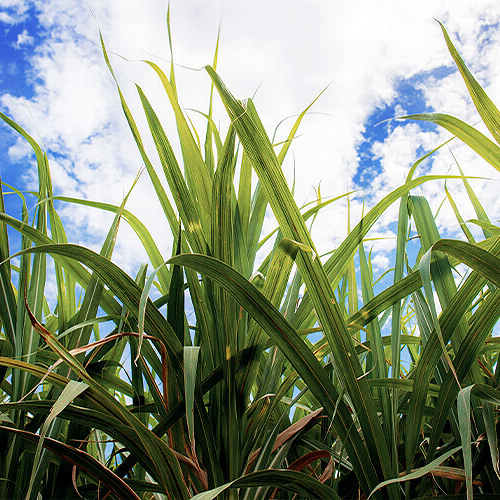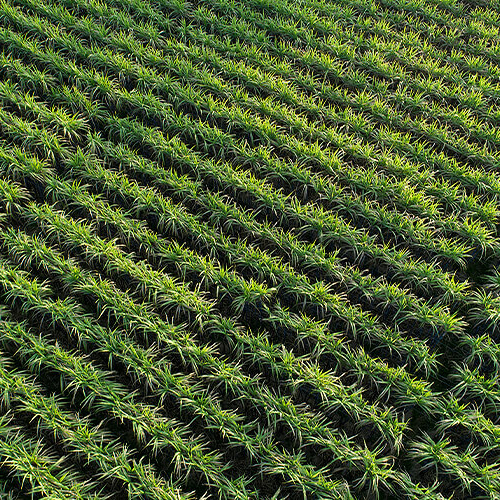
Sugarcane
Sugarcane is the backbone of the Bundaberg region.
Sugarcane grows best in warm, sunny, frost-free weather and needs fertile, well-drained soil plus around 1,500 millimetres of water each year from rain or irrigation supplies. In the Bundaberg area where rainfall is variable, extensive irrigation systems are utilised.
Each season, which typically runs from June through to November, Bundaberg Sugar’s Millaquin Mill crushes approximately 1.1 million tonnes of cane which is harvested from 17,000 hectares.

Bundaberg Sugar’s Millaquin Mill is situated in East Bundaberg near the Burnett River, originally built in 1882 the site includes integrated site includes facilities at which cane is crushed, raw and refined sugar is produced and nearby, alcohol is distilled and rum is bottled.
Sugarcane crops are diverse and there is no aspect of the growing and production cycle that goes to waste. Sugarcane is crushed, trash is baled, bagasse is used to power the mill and mill mud is spread on fields to enhance growing conditions.
Each year the sugar industry earns Bundaberg over one billion dollars and employs many thousands of people.
